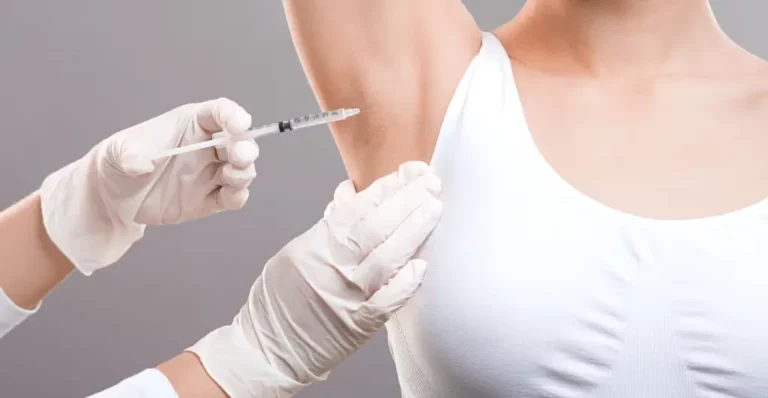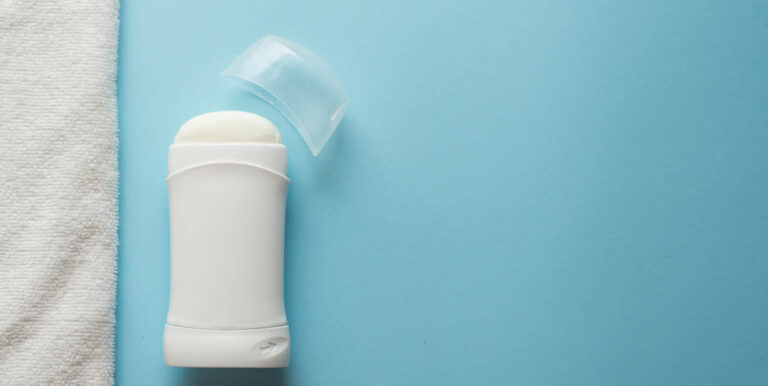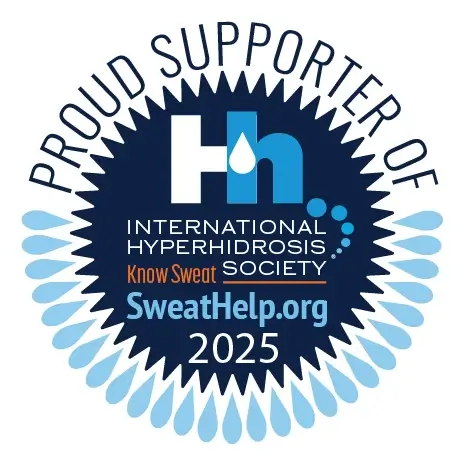Breaking a Sweat: Understanding the Difference Between Normal and Stress Sweat
Sweating is a natural bodily function that plays a crucial role in regulating our temperature and keeping us cool. However, not all sweat is created equal. There are distinct differences between the sweat produced during physical exertion or exposure to high temperatures, known as normal sweat, and the sweat that pours out when we’re stressed or anxious, properly named stress sweat. Let’s explore what sets normal sweat apart from its tension-triggered counterpart.
Normal Sweat: The Cooling System
- Purpose: Normal sweat, technically known as eccrine sweat, is primarily a cooling mechanism. Our bodies produce it in response to an increase in core temperature, whether from physical activity or exposure to heat. Eccrine sweat is composed mostly of water, with trace amounts of salt and other minerals.
- Location: Eccrine sweat glands are distributed across our bodies, but they’re most concentrated on our forehead, palms, and the soles of our feet. This widespread distribution ensures that when we heat up, our body can efficiently cool down through evaporation.
- Odor: Normal sweat is generally odorless. The unpleasant odor often associated with sweat is typically the result of bacteria breaking down sweat on the skin’s surface.
- Composition: Eccrine sweat is mostly water (about 99%), with some dissolved salts. It serves to cool the body by evaporating and dissipating heat, allowing you to maintain a stable internal temperature.
Stress Sweat: The Tense Truth
- Trigger: Stress sweat, on the other hand, is triggered by a completely different mechanism: the sympathetic nervous system’s fight-or-flight response. This is activated when our body perceives a threat or experiences stress or anxiety.
- Location: Stress sweat is produced by the apocrine sweat glands, which are concentrated in the underarms, groin, and around the nipples. These glands are inactive until puberty, and they produce a thicker, milkier sweat than eccrine glands.
- Odor: Here’s where stress sweat takes an interesting turn. It’s not the sweat itself that stinks; it’s the bacteria on our skin breaking down the proteins and lipids in apocrine sweat that leads to a distinct, often pungent odor.
- Composition: Stress sweat contains more proteins and lipids than normal sweat, making it a more appealing meal for odor-producing bacteria. Additionally, it may contain trace amounts of fatty acids, which contribute to its odor.
The Key Differences
- Source: The primary difference between normal sweat and stress sweat is their source. Normal sweat comes from eccrine glands and is triggered by heat or physical activity, while stress sweat originates from apocrine glands and is activated by emotional or psychological stress.
- Location: The two types of sweat are produced in different areas of the body. Eccrine sweat is distributed widely, while apocrine sweat is concentrated in specific regions, like the underarms.
- Odor: Normal sweat is generally odorless, while stress sweat can carry a noticeable odor due to bacterial activity.
- Composition: Stress sweat has a different chemical composition, containing more proteins, lipids, and potentially fatty acids, which provide a feast for odor-causing bacteria.
Why Does Stress Sweat Smell Worse?
The presence of proteins and lipids in stress sweat, combined with the warm and damp conditions of areas like the underarms, creates an ideal breeding ground for odor-producing bacteria. These bacteria feast on the proteins and lipids in apocrine sweat, breaking them down into smelly compounds.
Can Stress Sweat Be Managed?
Yes, there are strategies to manage stress sweat:
- Antiperspirants: Using antiperspirants can help reduce both sweat production and odor. Look for antiperspirants that contain aluminum compounds to block sweat ducts.
- Proper Hygiene: Regular showers and clean clothing can help reduce the presence of odor-causing bacteria on your skin.
- Stress Management: Reducing stress and anxiety through relaxation techniques, exercise, or therapy can help minimize the triggering of stress sweat.
- Clothing Choices: Wear breathable, moisture-wicking fabrics to help keep sweat away from your skin and minimize bacterial activity.
- Medical Interventions: In cases of severe bromhidrosis, medical interventions such as prescription-strength antiperspirants, botulinum toxin injections, thermal energy devices or surgical procedures to remove sweat glands might be considered.
Conclusion
In summary, while both normal sweat and stress sweat serve different purposes and have distinct characteristics, they are both part of our body’s intricate cooling and stress response mechanisms. Understanding the differences can help us manage sweat-related challenges more effectively, whether that involves staying cool during a workout or addressing stress-induced sweat odor. Remember, sweat is a natural and essential function of our body; it’s just another remarkable way our bodies adapt to different situations and environments.
miraDry is a non-surgical, permanent solution to underarm sweat, odor and hair. In three steps, miraDry targets and destroys excessive sweat at its root. If you are interested in learning more or getting treated by miraDry, please visit our provider locator page to find a location near you! https://providers.miradry.com/
Disclaimer: The information included in this blog is for educational purposes only and is not intended to be a substitute for medical treatment by a healthcare professional.
References:
Felman, A. (2023, August 24). What to know about stress sweat. https://www.medicalnewstoday.com/articles/stress-sweat#causes
International Hyperhidrosis Society (2001, August 24). Home – International Hyperhidrosis Society | Official Site. https://www.sweathelp.org/










